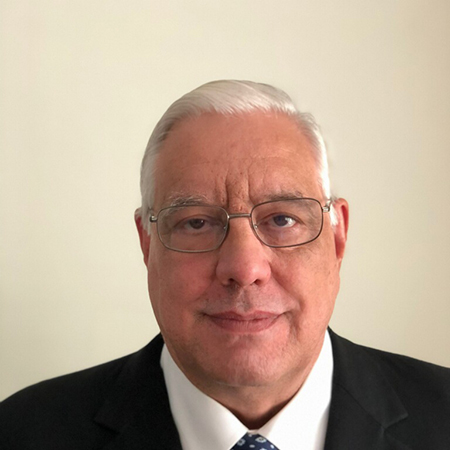Mike Allison, Nokia’s Head of Government and Cities for North America, offers insider advice for local governments looking to connect underserved communities.

COVID-19 is an equal opportunity spreader, paying no heed to demographic factors. But in 2020, when lockdowns kicked in and up to 55 million children in the United States were consigned to online learning, the virus took a harsh toll on those students without access to the Internet.
In fact, remote learning in America has caused a dangerous digital homework divide.
Close to 17 million students have had their learning paths disrupted, according to the Federal Communications Commission (FCC). Consequently, broadband service deployment to unserved and underserved areas is accelerating and a key enabling technology is fixed wireless broadband.
It’s versatile, sustainable and cost-effective. Using base stations to transfer signals over 4G LTE and 5G mobile networks, the technology is well-suited for underserved, often rural areas, since it offers relatively easy buildout, low latency, cost efficiency and is not subject to disruption by poor weather conditions.
Let’s take a look at the four steps local governments should follow when extending broadband to the most underserved areas of their community.
Step one: Where do I start?
First you need to know the level of connectivity and areas of greatest need in your community. Start with the school district data published in federal government census blocks. Surprisingly illuminating, it may show that 80% of the unserved or underserved households actually lie in just half of the school districts. Prioritizing those districts allows the greatest impact in the most cost-effective manner and helps target available funding sources.
Using that data, consider how many of those target households are potentially covered by existing assets that have available capacity. Tower infrastructure, backhaul assets and data centers represent a huge piece of sunk investment you should reuse and plan to leverage similar assets owned by public safety agencies.
You can now calculate the most efficient CAPEX per household. Based on estimated cell service radius for each site, existing county sites alone may cover, for example, 20% of the target households, with the top five sites covering 16%. Next, strategically add leased sites to cover additional households. And lastly, build strategically selected new sites to fill in any remaining gaps, beginning with sites with the largest potential household coverage.
Step two: What exactly will I offer?
When assessing the likely investment for your project, you have a choice between Internet availability or Internet speed and quality.
For a quick win at the lowest cost, focus on availability. This gives a broadband connectivity option of 25 to 50 Mbps downlink to 75% of target households. You light up existing strategically sited cells and build only enough network to carry what has been lit up. This is faster and offers flexible coverage though you will need to time grants with capacity growth.
A focus on speed and quality has a higher initial capital outlay, but in this option, you light up strategically sited cells, both new and existing and build enough network connectivity to satisfy current targets and future needs.
To get started, evaluate your existing and new sites by Radio Access Network (RAN) CAPEX/OPEX per site type as well as current residential broadband availability by provider and technology to benchmark current broadband service take-rates and household income.
Step three: What does success look like?
With any network, getting additional users early on is going to be less expensive than at the end, when you’re picking up remaining unserved households in neighborhoods that are harder to reach. Therefore, understanding the lifecycle of costs and benefits is important.
There are three possible deployment models to consider.
The first is a quick win. This low-cost, fast approach accepts that some broadband service is better than none. Service quality will be modest. No building of new infrastructure, only adding wireless transmitters to existing owned towers. This approach will pick up some underserved households, but a significant number are likely to be missed.
There are also conservative and aggressive models. The conservative strategy uses existing sites and those you can lease, but no new sites. Alternatively, the aggressive model builds and lights up new sites along with existing assets. While this approach could roughly double capital outlay, you could get more people on the broadband network and build capacity for the years ahead, laying the groundwork for new revenue sources and more economic investment.
Step four: How will I pay?
The good news is, there are more than 100 programs in the United States to help communities roll out broadband. Most are small and targeted, though two categories – worth a combined total of US$105 billion in investment – dominating rollouts to underserved communities are federal, including the FCC’s Rural Digital Opportunity Fund (RDOF).
Applying for these funds often requires each local government to find a broadband provider with which to partner. Many grants require it. Commercial providers participating in these programs usually work with local governments. In many cases, commercial RDOF auction winners may be looking to provide broadband to parts of your area over the course of the next several years.
Evaluate your own needs and funding strategy by considering which areas these commercial providers are planning to serve and the quality of their service.
In addition to incorporating these projects in your rollout plans, also focus on those areas that are not going to be covered by RDOF. Consider that the services provided by RDOF winners may not always be affordable for your target households. Assess the approach of lighting up sites in areas that aren’t expected to be covered by RDOF winners, while creating competitive pressure in areas that will (eventually) be covered by those commercial providers.
Start connecting
There’s a lot to think about when bringing connectivity to your community. But the need has never been greater. As a first step, contact your network provider, state broadband office and local providers to gather information and assess potential for funding your project.
Armed with this data, local governments can design their own co-ordinated rollout to take advantage of existing available resources and ensure better outcomes for all.
Click below to share this article

